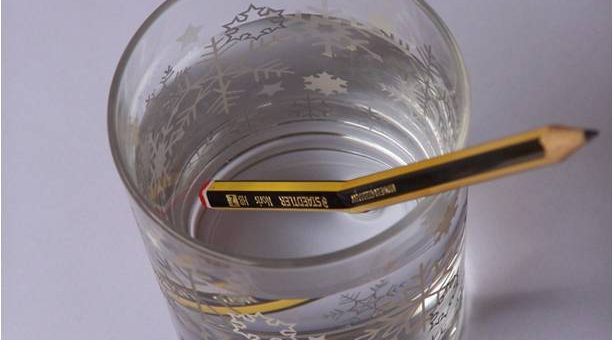The five senses (smell, taste, sight, touch, and hearing) are how living beings know and relate to the outside world. The information from the environment enters through the senses and travels through the neurons until it reaches the brain, which is in charge of processing the data.
In the human being, there are five senses:
- Smell. The body can capture and understand the different smells of the environment.
- Taste. The body can perceive the taste of things (salty, sweet, bitter, and acid).
- Sight. The body can capture electromagnetic waves of light and obtain information about the color or brightness of something.
- Hearing. The body can process sound vibrations from the environment.
- Sense of touch. It is the body’s ability to determine body texture, shape, and temperature.
The senses of the human being are limited, and for this reason, they can be misleading. This is mainly due to a perception error (the interpretation the brain makes of the stimuli the senses perceive). The senses and perception can deceive the subject for internal or external reasons.
An example of how the senses deceive due to an external cause is the cinema, where the principle of the illusion of movement is used so that the human eye perceives movement and not the autonomous images projected in sequence.
An example of how the senses deceive due to an internal cause occurs with the consumption of substances, such as alcohol or drugs, which alter spatial perception.
Gestalt laws
Gestalt laws were established by Max Wertheimer, a supporter of the German school of Gestalt psychology, and are 13 rules that explain the origin of perceptions (mainly visual).
These laws are:
- Law of totality. The whole is the sum of the parts.
- Structure law. A form is constituted as a whole regardless of the parts that form it.
- Law of dialectics. Each subject decides if an element is a figure or background.
- Law of contrast. A form is better perceived when the contrast between the figure and the background is greater.
- Law of closure. A shape will be better the more closed its outline is.
- Law of completion. The brain naturally tends to close contours that are not closed.
- The notion of pregnancy. The subject tends to remain impregnated, looking at a particular element.
- Topological invariance principle. The person can deform a good shape.
- Masking principle. Good shapes resist warping.
- Birkhoff’s principle. It deals with the importance of the axes in the forms.
- Proximity principle. The brain tends to make groups with isolated elements close to each other.
- Memory principle. Forms are better perceived if they are presented more than once.
- Nesting principle. The elements are better perceived if they are presented in a hierarchy.
Examples of how our senses deceive us

By external agents
- When a sequence of drawings is made, and then the passage from one drawing to another is accelerated (these drawings being similar but with some differences), the sensation that the image has movement is produced. This is the principle of cinematography.
- If an individual closes his eyes, covers his ears and touches a surface, and feels the vibrations of something, he will not be able to perceive whether it is rhythmic music, a noise produced by a machine in operation, or a stampede.
- When a pencil is placed in a glass of water, refraction causes the human eye to see a distorted image of the pencil, which appears broken.
- When a car is driving on the road, and the ambient temperature is high, it is possible to glimpse a “mirage” because water is seen on the road, but as the vehicle approaches that place, the water disappears.
- Optical illusions that deceive the eye and the brain are those in which a distorted color, shape, or perspective of reality is perceived.

By internal agents
- High fever can produce an alteration of what is perceived by the senses.
- Drug use can generate some hallucinations.
- Tobacco consumption can cause dizziness and alteration of the senses.
- Visual or auditory hallucinations occur when voices are heard, or things that do not exist in reality are seen. This can be the product of certain diseases.
- The perception of a color or a texture is different for each individual because it depends on each person’s visual and sensitive organs.
